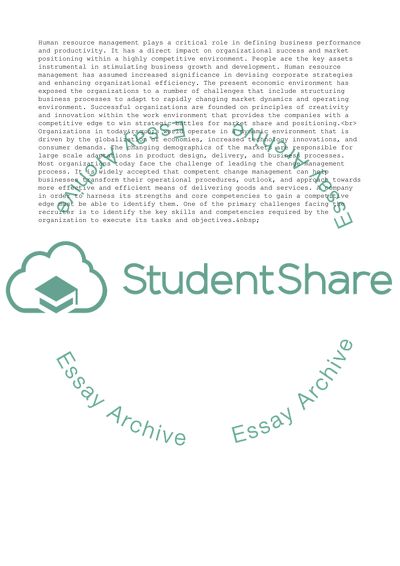Cite this document
(Managing Change and Creativity in Organizations Term Paper, n.d.)
Managing Change and Creativity in Organizations Term Paper. Retrieved from https://studentshare.org/management/1560011-managing-change-and-creativity-in-organizations
Managing Change and Creativity in Organizations Term Paper. Retrieved from https://studentshare.org/management/1560011-managing-change-and-creativity-in-organizations
(Managing Change and Creativity in Organizations Term Paper)
Managing Change and Creativity in Organizations Term Paper. https://studentshare.org/management/1560011-managing-change-and-creativity-in-organizations.
Managing Change and Creativity in Organizations Term Paper. https://studentshare.org/management/1560011-managing-change-and-creativity-in-organizations.
“Managing Change and Creativity in Organizations Term Paper”, n.d. https://studentshare.org/management/1560011-managing-change-and-creativity-in-organizations.


